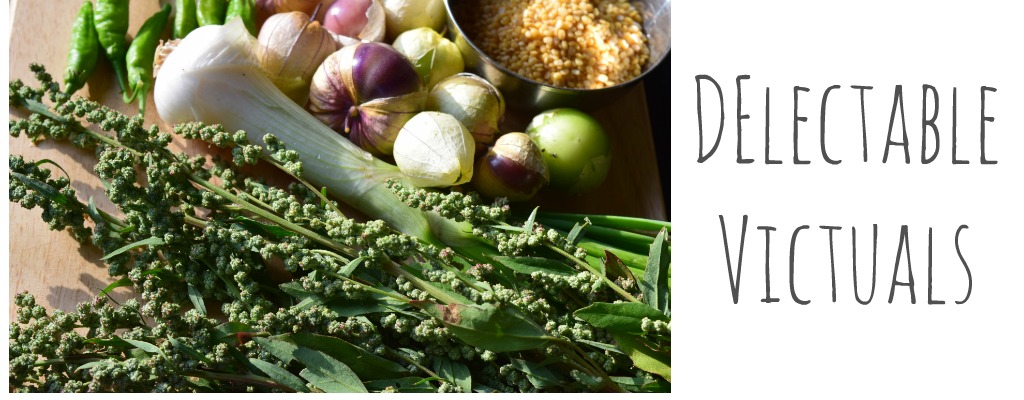 Bac Ha
Bac Ha, the stem of Alocasia Odora (related to Colocasia), is something I had not used in my cooking until now. When D found it at a nearby Asian store, he bought some for us to try.

One of my favorites to this day is
Plantain stem (Vaazha Thandu). My mom makes wonderful koottu (
Koottu recipes) as well as pachadi (
Pachadi recipes) with it. It takes a bit of preparation to peel the outer layers of the stem, and pull out the fibres as they emerge during the chopping process, but, the slight crunch with watery insides absorbing the flavors of the dish, not to mention the health benefits, makes it a much-treasured food for me. Something I miss a lot as I have not been able to find Plantain stems in my area.
Anyway, the starchy rhizomes of some Colocasia (or Taro) -
Cheppan Kezhangu/Chaembu as I am used to calling them - was quite a staple when I was growing up. My mom didn't cook much of taro leaves though. Much like Rhubarb, some varieties of taro leaves need to be cooked with caution, as they can be toxic.
Peel the green outer skin, trim off the hard ends, and cut up the spongy insides of the stem to use Bac Ha in recipes.

My inspiration for this soup came from
Wandering Chopsticks. This is a lazy-cook's version of a clear and brothy soup made with bullion cubes for stock and some other handy vegetables thrown together, just to try Bac Ha.
After the first taste, do I like Bac Ha? Hmmm... am not sure... they say it takes at least 15 tries for children's sensitive palates to accept a new taste. Or reject it categorically. I am not a child, except at heart of course. And, after nearly 50 tries in the last 3 years, cooked and presented in more ways than I can remember, my five-year-old has convinced me that she does not care for tomatoes or sweet potatoes. Bac Ha for me has a texture similar to water chestnut or even vaazha thandu, and quite a bland flavor... I guess I'll have to try it a few different ways to see if it grows on me.
Ingredients
5 or 6 foot-long stems of Bac Ha
6 cups Vegetable Stock
pearl onions, bok choy, spring onions, Napa cabbage,
Long green beans1 tsp sesame oil
1 Tbsp mirin
1 Tbsp coconut vinegar (optional)
spices: red pepper flakes (or Vietnamese chili paste)
Preparation
- Sauté the vegetables in a bit of sesame oil, add the stock, spices, cover and simmer till vegetables are cooked
- Stir in mirin and coconut vinegar, garnish with cilantro/spring onions, and serve warm
Labels: asian, bac ha, pearl onion, soup, taro root, vegetarian









